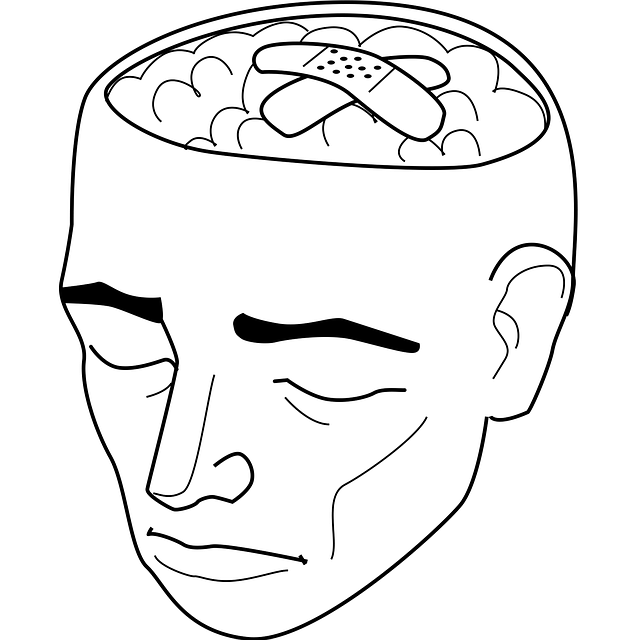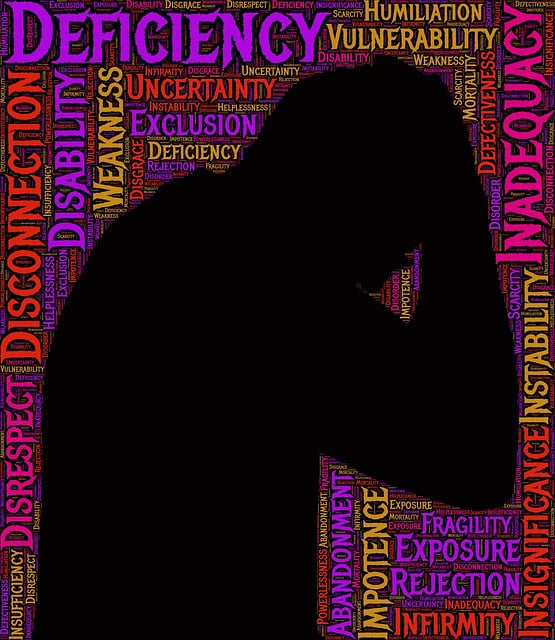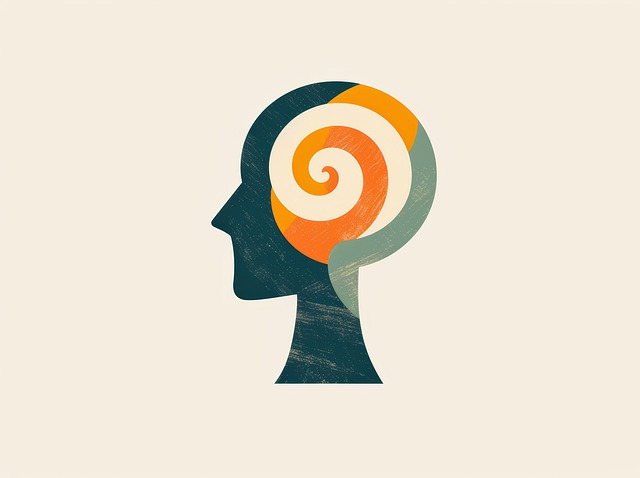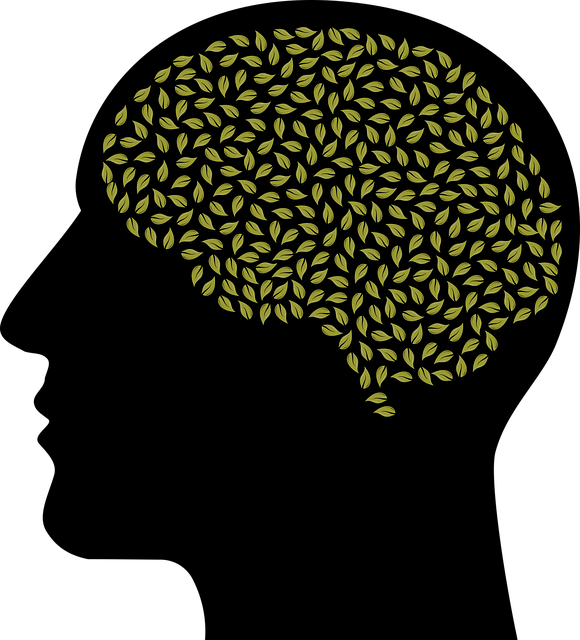Mental wellness journaling, popularized by Greenwood Village Child Abuse Therapy, is a powerful tool for enhancing mental health through self-reflection and introspection. By documenting thoughts and experiences, individuals gain self-awareness, cultivate self-care practices, and process traumas. Expressive writing, backed by research from Greenwood Village, serves as an emotional healing mechanism, reducing symptoms of depression, anxiety, and PTSD. This practice is beneficial for trauma survivors and healthcare professionals aiming to prevent burnout. The guide offers step-by-step instructions on establishing a therapeutic journaling practice, emphasizing reflection, emotion expression, gratitude, and resilience-building. Integrating art and words in journaling enhances self-expression and emotional processing, facilitating healing and personal growth through an engaging therapy process.
Unwind your mind and embrace the therapeutic power of mental wellness journaling, as practiced and refined by Greenwood Village Child Abuse Therapy. This article guides you through a transformative journey, exploring the profound benefits of expressive writing for emotional healing. From understanding its roots in child abuse therapy to creating a personalized step-by-step practice, we’ll show you how to integrate art and words for an enhanced journaling experience.
- Understanding Mental Wellness Journaling: A Greenwood Village Child Abuse Therapy Approach
- Benefits of Expressive Writing for Emotional Healing
- Creating a Therapeutic Journaling Practice: Step-by-Step Guide
- Integrating Art and Words: Enhancing the Journaling Experience
Understanding Mental Wellness Journaling: A Greenwood Village Child Abuse Therapy Approach

Mental wellness journaling is a therapeutic practice that has gained popularity as an effective tool for individuals seeking to enhance their mental health and well-being. This approach, often employed by professionals at Greenwood Village Child Abuse Therapy, encourages self-reflection and introspection through written expression. By documenting thoughts, emotions, and experiences, individuals can develop a deeper understanding of themselves, identify patterns, and cultivate self-care practices.
Journaling provides a safe and private space for clients to explore their feelings, process traumas, or simply express their daily experiences. At Greenwood Village Child Abuse Therapy, therapists guide clients in using mental wellness journaling as a form of compassion cultivation practice, fostering self-compassion and resilience. This exercise guidance helps individuals develop emotional awareness, regulate stress, and promote overall mental health, making it an invaluable tool in the therapeutic journey.
Benefits of Expressive Writing for Emotional Healing

Expressive writing has been recognized as a powerful tool for emotional healing and mental wellness. Through putting thoughts and feelings into words, individuals can process and make sense of their experiences, which is particularly beneficial for those who have gone through traumatic events like child abuse. Research from Greenwood Village Child Abuse Therapy suggests that expressive writing can help reduce symptoms of depression, anxiety, and post-traumatic stress disorder (PTSD). It allows people to explore their emotions in a safe and private space, providing an outlet for self-reflection and expression.
This practice is not only valuable for survivors of abuse but also serves as an effective burnout prevention strategy for healthcare providers. By engaging in regular expressive writing, professionals can process the emotional demands of their work, enhance their resilience, and maintain a healthy mental balance. Mental wellness journaling exercise guidance often incorporates techniques such as free-writing, letter writing, or even creative expression through art, all of which contribute to improved emotional well-being. Additionally, mindfulness meditation practices can complement expressive writing by fostering present-moment awareness and promoting a deeper sense of calm.
Creating a Therapeutic Journaling Practice: Step-by-Step Guide

Creating a therapeutic journaling practice can be a powerful tool for cultivating mental wellness and personal growth. Here’s a step-by-step guide to help you get started, tailored for those seeking support through Greenwood Village Child Abuse Therapy.
1. Choose Your Journaling Method: Decide if you prefer writing by hand or using a digital journal on your tablet or computer. Both have their merits; physical journals offer a tactile experience, while digital platforms allow easy organization and accessibility. Some apps even incorporate features for mindfulness exercises and tracking moods.
2. Set Clear Intentions: Before beginning each session, set an intention for what you want to achieve. This could be processing emotions, cultivating gratitude, or focusing on personal growth. Setting intentions provides direction and helps you stay engaged in the process.
3. Create a Safe Space: Establish a dedicated space where you can journal without interruptions. Ensure it’s comfortable and free from distractions. Some people find listening to soothing music or using essential oils enhances their journaling experience, creating a therapeutic atmosphere.
4. Reflect on Your Day: Start by jotting down the events of your day. Reflect on interactions, challenges, and moments of joy. This practice helps you become more attuned to your emotions and patterns, laying the groundwork for deeper insights.
5. Express Emotions: Journaling is a safe space to express feelings without judgment. Write freely about what’s troubling you or celebrate achievements. Use prompts if needed, such as “What made me happy today?” or “How can I overcome this challenge?”
6. Practice Gratitude: Dedicate a section for gratitude, reflecting on things you appreciate in your life, no matter how small. This practice fosters resilience and mental health awareness by shifting focus to the positive aspects.
7. Incorporate Social Skills Training and Resilience Building: Engage in journaling exercises that promote social skills and resilience. Reflect on interactions with others, consider alternative responses to challenging situations, and write down strategies for coping with stress or difficult emotions.
8. Regularly Review and Reflect: Consistency is key. Aim to journal regularly, even if it’s just a few minutes each day. Reviewing past entries allows you to track your progress, identify patterns, and celebrate achievements in building mental wellness awareness and resilience.
Integrating Art and Words: Enhancing the Journaling Experience

Integrating art and words can significantly enhance the journaling experience, particularly for those seeking mental wellness support through Greenwood Village Child Abuse Therapy or Trauma Support Services. While writing offers a powerful means of self-expression and reflection, adding illustrations, collages, or even simple doodles allows individuals to tap into their creativity and process emotions more profoundly. This blend of art and text can be especially beneficial for those working through complex issues related to mental illness stigma reduction efforts.
By combining words and visual elements, journal entries become more dynamic and engaging. Art provides an alternative way to communicate feelings that might be challenging to articulate with language alone. It offers a space for intuition and unconscious thoughts to emerge, fostering mindfulness meditation-like practices within the journaling process. This integration encourages individuals to explore their inner world, making the therapy process more enjoyable and potentially accelerating progress in healing and personal growth.
Mental wellness journaling, as demonstrated by the Greenwood Village Child Abuse Therapy approach, is a powerful tool for emotional healing. By combining expressive writing and creative art, individuals can navigate their feelings, process traumatic experiences, and cultivate mental resilience. Through following the step-by-step guide and integrating art into their practice, anyone can harness the benefits of journaling to enhance their overall well-being.














